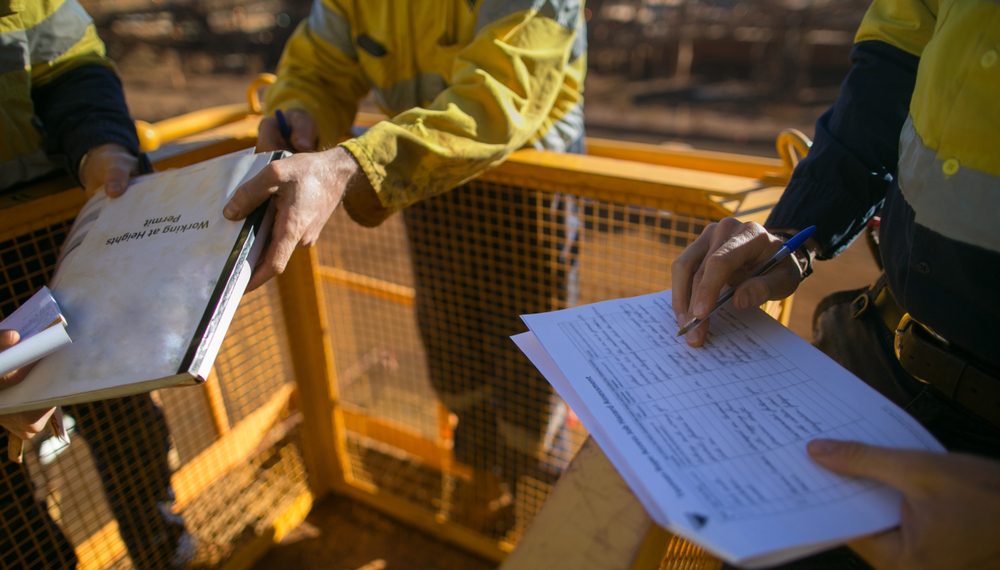Despite its negative and dated reputation, many mining companies today abide by stringent environmental, social, and government (ESG) frameworks, ensuring significantly safer and cleaner operations than before.
Fortuna Silver Mines Inc (TSX: FVI | NYSE: FSM) is one such example — a Canadian-based precious metals and mining company operating out of both Latin America and West Africa.
In a recent interview with UK publisher, Business Reporter, Fortuna reflected on its operations with pride and purpose. Fortuna CEO Jorge A. Ganoza and senior VP Julien Baudrand spoke about how responsible mining is at the heart of the company’s operations even with gold and silver mining being so integral to modern life.
Since mines are often developed in underdeveloped areas, Fortuna brings value to its host communities through training and stable employment opportunities; fostering the development of the local economy, investing in its infrastructure, and positively impacting the area’s overall quality of life.
Before construction of the company’s San Jose Mine began in southern Mexico, Fortuna reached out to the local community to gauge concerns and aspirations for the project. As a result, original construction plans were altered (from an open pit to an underground operation) to minimize the CO2 footprint, the ore recovery process was modified to prevent the use of cyanide, and water sourcing solutions were developed to avoid competition for resources with neighbours.
The San Jose Mine currently employs approximately 650 people locally and sources supplies from more than 70 businesses in the area.
Beyond its Mexican mine, Fortuna headed the construction of classrooms and kindergartens near its Séguéla Mine in Côte d’Ivoire, and supports a major community health programme (including medical equipment donations to local clinics) at its Yaramoko Mine in Burkina Faso.
In addition, Fortuna prioritizes responsible employment. The company designed rigid operating procedures and intensive safety focused training to prevent accidents. Consequently, last year the company’s lost-time injury frequency rate (LTIFR) was 0.36, well below the average LTIFR in the industry.
Regarding gender equality in the workplace, women have been historically underrepresented in the mining industry at multiple levels, making up around only 12% of the workforce. Though Fortuna also exceeds this number as well, with women occupying nearly 20% of managerial positions.
Recently, Fortuna’s Patricia González Pineda became the first female operational director of a mine in Mexico, overseeing the San Jose Mine — a significant milestone for women in mining.
A third element of Fortuna’s responsible mining strategy focuses on sustainability, aligning with today’s green energy landscape. Fortuna has reduced the energy intensity per tonne (GJ/t) of processed ore by 50% over the past five years — from 0.42 in 2018 to 0.22 in 2022.
The company has also doubled renewable energy use since 2021, with Fortuna’s Peruvian Caylloma Mine switching to 100% renewable energy sources in 2022.
Fortuna’s sustainability strategy also includes the terrain rehabilitation when and where possible once operations have concluded as well as reducing water usage by employing new processes for greater efficiency and recycling.
When constructing the San Jose Mine, identifying a sustainable water supply was crucial given the mine’s dry environment. By engaging with the local government, Fortuna upgraded its wastewater treatment facility in exchange for using a portion of the treated water for its mine industrial use. The modern facility still prevents waste from entering local water sources, in addition to providing clean water for those in the surrounding areas.
By working closely with local stakeholders and bolstered by strong corporate governance, Fortuna continues to prove that mining can meet societies’ heightened expectations as a central source of raw materials.












